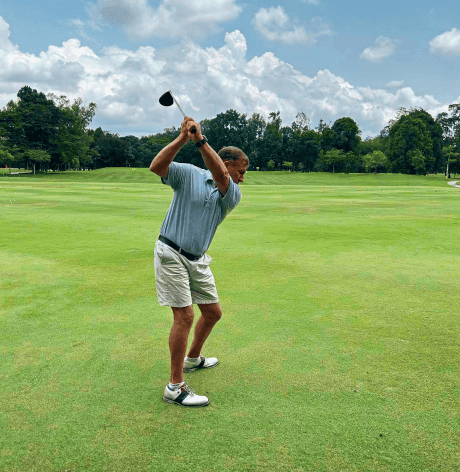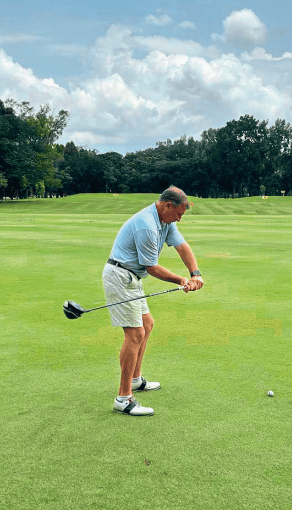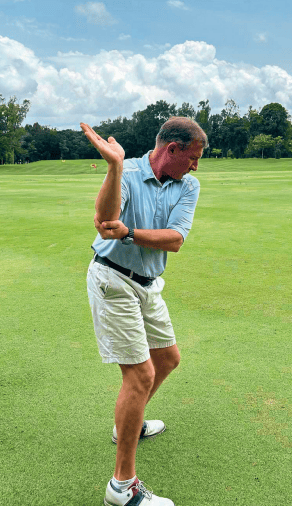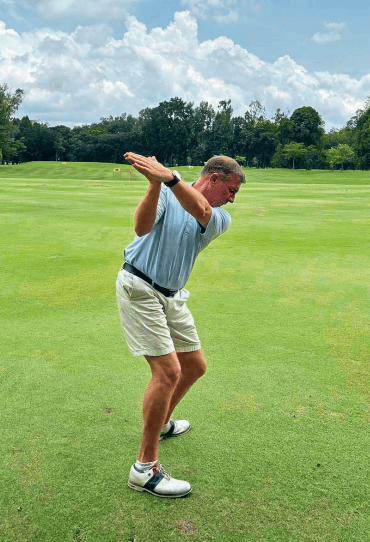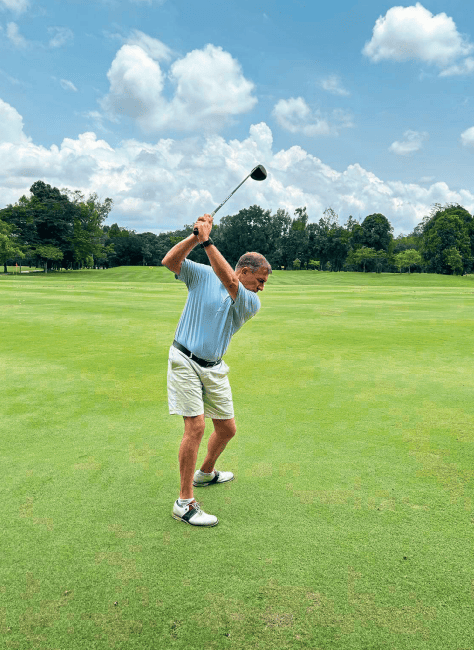These three golf swing plane faults affect so many amateur golfers, often leading to frustration and big scores.
Getting your golf swing on plane is one of the most effective ways to improve your game and reduce your handicap, but as an amateur golfer it can be hard to know how. This crucial aspect of the golf swing is the key to better ball striking, but in order to build consistency and reliability you first need to conquer three common faults.
First common fault
Golf Swing Plane: 3 Common Faults When you get the club across the line at the top, it points right of your feet, which should be aimed at the target. Your wrists will be set wrong, the clubface will probably be open and the club is going to come down in a steep, over-the-top manner, leading you to start slicing the ball.
A poor takeaway is the first common fault. When you get the club under plane very early as soon as you lift and turn, the club will point across the line. You want the gap between your forearms to stay constant.
Second common fault
The second fault lies in how the right arm and right elbow move. If you get your right arm flying and lifting up from the body, that will also send the club pointing across the line.
As you take the club to the top, you want to keep your right arm more connected to your body. The motion should be more up and down, rather than one in which your elbow pops out.
A great drill is to put your left hand behind your right tricep, turn up and try to resist the arm going behind. This will allow the club to sit more in front of you as you swing.
Third common fault
The third fault, and arguably the most important, is how your wrist positions look at the top. If you’re a player who cups the left wrist, this will encourage the club to be pointed across the line. A drill for this, without a club, is to clap the hands together, swing to the top and try to get your left hand to sit flatter, as here, so your right wrist now has a little bit of a bend in it.
When the club is across the line, you’ll notice it is the gloved hand that has the bend in it – it is this ‘cupped’ position that is causing the club to open up. If you can combine these three fixes, you’re going to have your best chance of controlling the clubface and how the club travels into the ball.
What Is The Swing Plane In Golf?
The swing plane in golf is the angle and direction that your club moves through the backswing to the top, and then in the downswing and through impact. This is determined by your spine angle and the way you swing the club, but can also be impacted by your physical capabilities.
Is The Golf Swing Plane Different For Each Club? The golf swing plane slightly changes depending on your club selection, as it becomes shallower or steeper depending on the length of the club.
For example, the driver is the longest club so will naturally sit (and swing) on a flatter plane. A wedge or an iron will be shorter than the driver, so the clubhead is closer to your feet at address and therefore the swing plane will be steeper.


